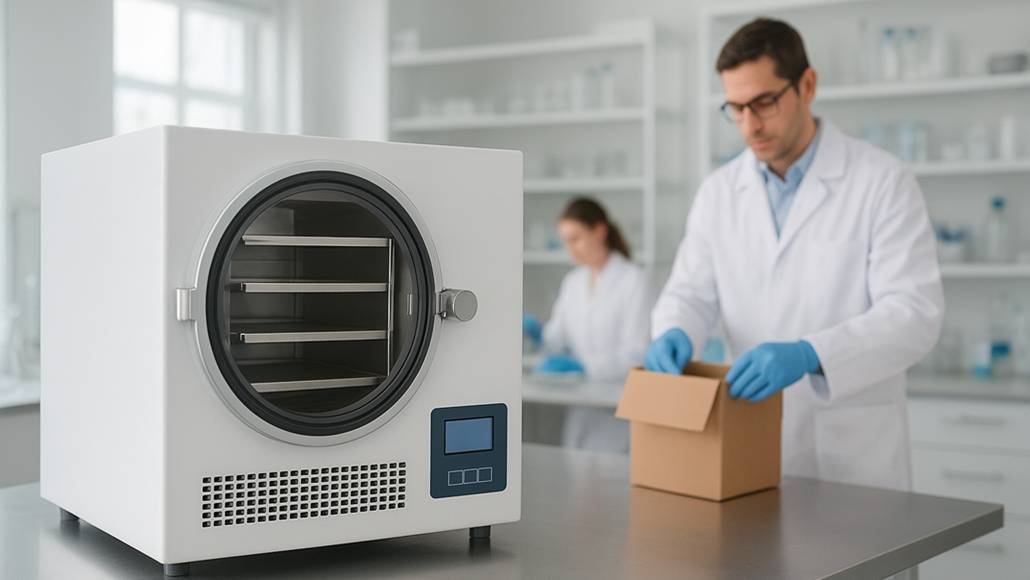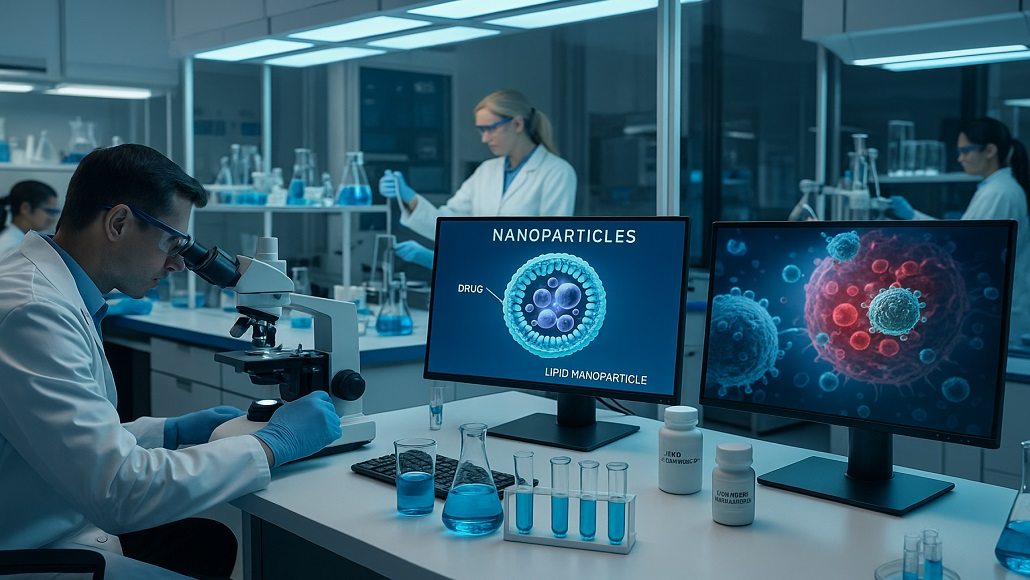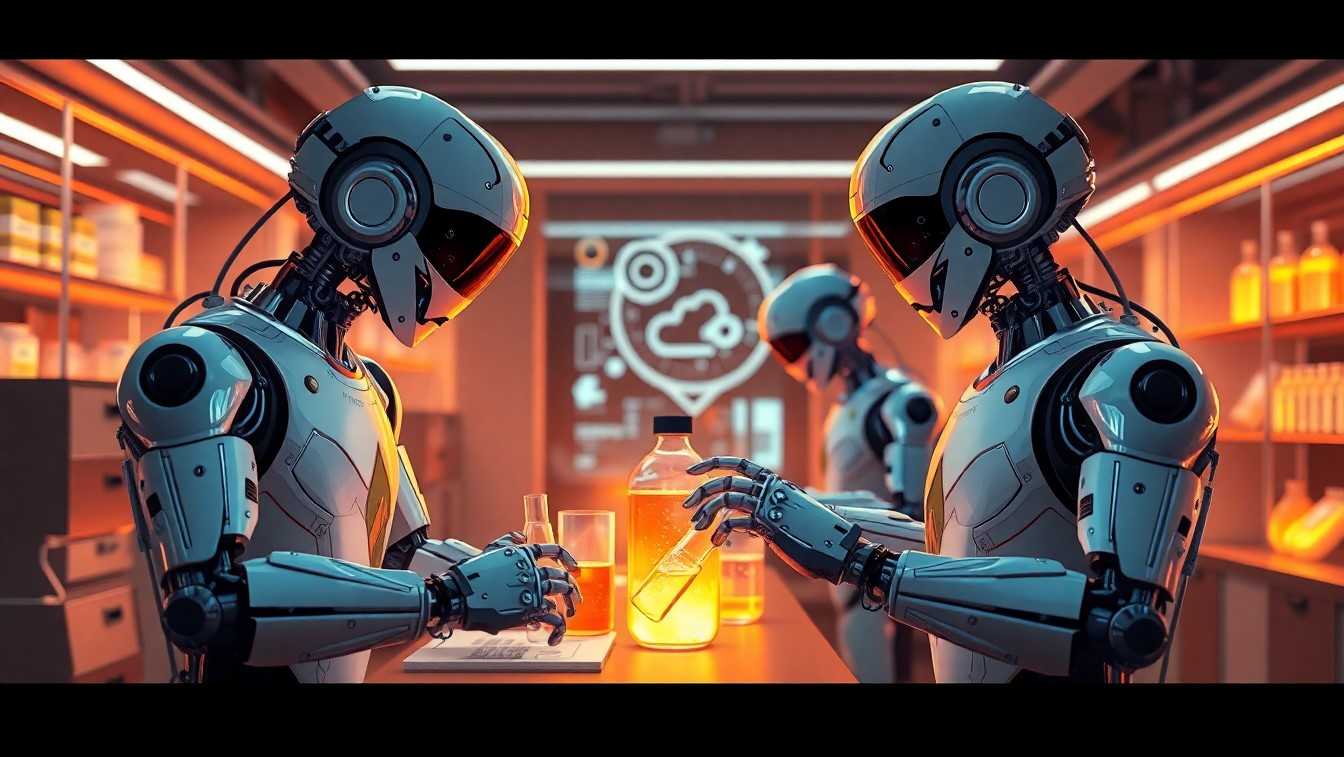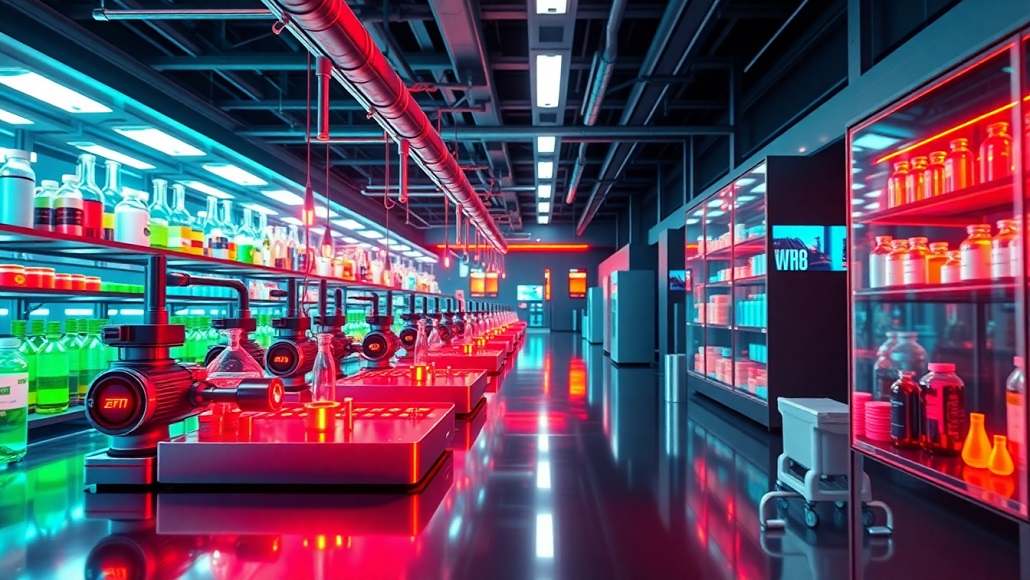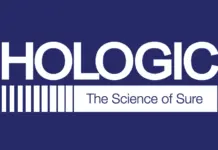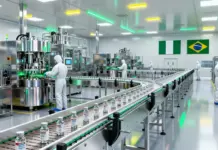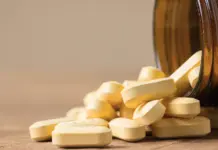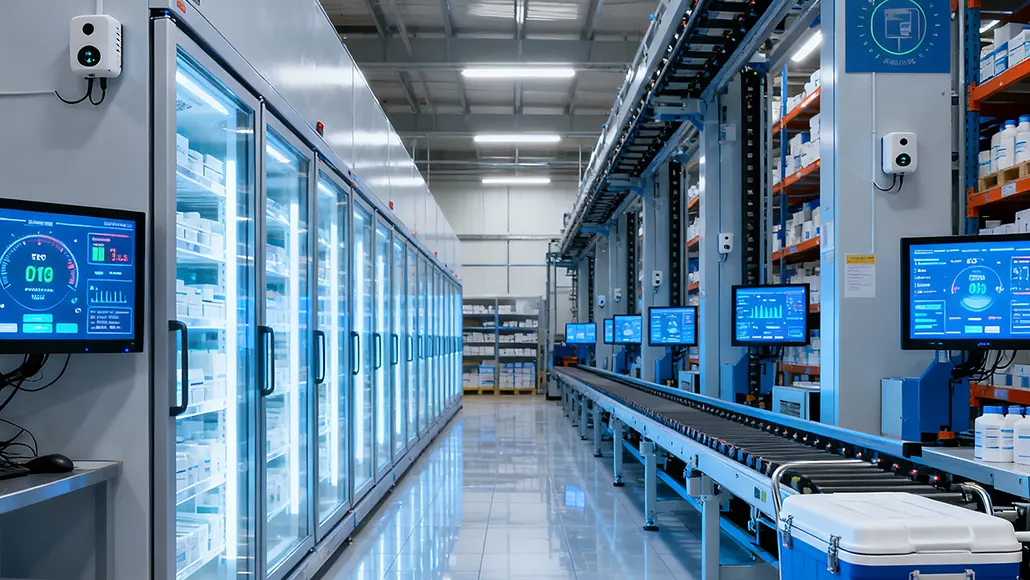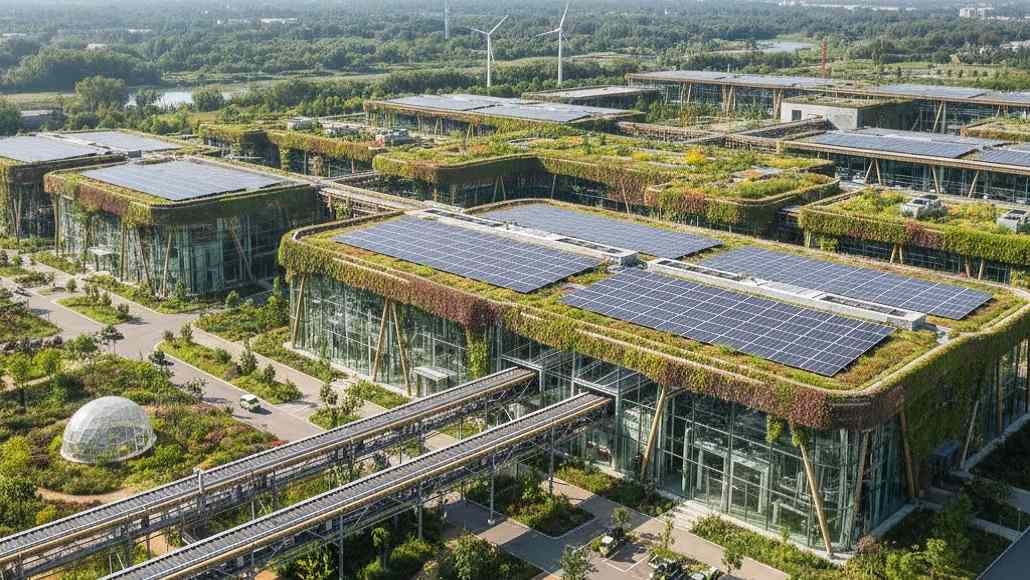The Future of Sustainable Formulation and Green Chemistry
The pharmaceutical industry stands at a pivotal moment where environmental responsibility converges with therapeutic innovation. Sustainable formulation green chemistry represents far more than regulatory compliance or public relations strategy—it embodies a fundamental reconceptualization of how medicines are designed, manufactured, and delivered. As global awareness of environmental impacts intensifies and regulatory frameworks increasingly mandate sustainable practices, pharmaceutical companies embrace green chemistry principles transforming drug development from resource-intensive processes into efficient, environmentally conscious operations that preserve therapeutic efficacy while minimizing ecological footprints.
The Environmental Imperative for Pharmaceutical Sustainability
Pharmaceutical manufacturing historically ranked among the most resource-intensive and polluting industries, consuming vast quantities of organic solvents, generating hazardous waste streams, and producing substantial carbon emissions. Traditional synthetic routes for active pharmaceutical ingredients often employ multiple reaction steps requiring toxic reagents, hazardous catalysts, and large solvent volumes relative to product yields. Process mass intensity values, quantifying total material inputs per unit product output, commonly exceed 100 for pharmaceutical processes compared to single digits for bulk chemical production, highlighting inefficiencies demanding remediation.
The environmental consequences extend beyond manufacturing facilities to encompass pharmaceutical waste entering aquatic ecosystems through improper disposal and wastewater treatment plant discharge. Active pharmaceutical ingredients, even at trace concentrations, disrupt aquatic organism reproduction, development, and behavior. Antibiotics released into environments contribute to antimicrobial resistance emergence, posing public health threats. Hormones and endocrine disruptors alter wildlife reproductive systems. These downstream environmental impacts underscore the necessity for sustainable formulation green chemistry addressing entire pharmaceutical lifecycles from raw material sourcing through end-of-life disposal.
Regulatory agencies increasingly mandate environmental accountability. The European Medicines Agency’s guideline on environmental risk assessment requires evaluation of pharmaceutical environmental impacts during marketing authorization applications. The United States Environmental Protection Agency’s Pharmaceutical Stewardship Program encourages safe medication disposal and environmentally conscious pharmaceutical design. International harmonization through organizations including the International Council for Harmonisation aims to establish consistent environmental standards across regulatory jurisdictions, creating frameworks supporting sustainable pharmaceutical development globally.
Corporate sustainability commitments reflect recognition that environmental stewardship represents business imperatives beyond regulatory compliance. Major pharmaceutical companies establish net-zero emissions targets, commit to sustainable water use, and implement circular economy principles minimizing waste through recycling and reuse. These commitments respond to investor demands for environmental, social, and governance performance metrics, consumer preferences favoring sustainable products, and internal values recognizing corporate responsibilities extending beyond profit maximization.
Principles of Green Chemistry in Pharmaceutical Applications
Green chemistry, systematically defined through twelve guiding principles established by chemists Paul Anastas and John Warner, provides frameworks for designing chemical products and processes minimizing hazardous substance use and generation. Prevention of waste proves superior to treatment or cleanup after waste generation. Atom economy maximizes incorporation of starting materials into final products, minimizing byproduct formation. Less hazardous chemical syntheses employ substances posing minimal toxicity to human health and environment. Designing safer chemicals balances efficacy with reduced toxicity and environmental persistence.
Safer solvents and auxiliaries minimize or eliminate use of auxiliary substances including solvents and separation agents when possible, employing innocuous alternatives when necessary. Traditional pharmaceutical syntheses rely heavily on hazardous organic solvents including dichloromethane, chloroform, and dimethylformamide presenting health risks and environmental concerns. Sustainable formulation green chemistry emphasizes water-based processes, supercritical carbon dioxide, ionic liquids, or bio-based solvents derived from renewable resources as alternatives. Solvent recycling and recovery systems further reduce solvent consumption and waste generation.
Energy efficiency considerations favor ambient temperature and pressure conditions over energy-intensive heating, cooling, or pressurization requirements. Catalytic reagent use surpasses stoichiometric reagent requirements, as catalysts participate in reactions without consumption, dramatically reducing material requirements and waste generation. Biocatalysis employing enzymes or whole cells offers exceptional selectivity operating under mild conditions compatible with aqueous environments, representing particularly green catalytic approaches.
Designing for degradation ensures products break down into innocuous substances after fulfilling intended functions, preventing environmental accumulation. Real-time analysis for pollution prevention incorporates analytical methodologies enabling process monitoring and control before hazardous substance formation. Inherently safer chemistry for accident prevention selects substances and physical forms minimizing accident potential including explosions, fires, and releases, protecting worker safety and surrounding communities.
Sustainable Excipient Development and Natural Alternatives
Excipients constitute 70 to 90 percent of pharmaceutical formulation mass, representing substantial opportunities for sustainability improvements. Traditional synthetic excipients derived from petrochemical feedstocks present concerns regarding biodegradability, environmental persistence, and production energy intensity. Sustainable formulation green chemistry increasingly employs plant-based excipients derived from renewable agricultural or marine resources offering biodegradability, reduced toxicity, and lower carbon footprints.
Polysaccharides including modified starches, celluloses, and alginate demonstrate versatility across pharmaceutical applications while providing excellent biodegradation profiles. These materials decompose through enzymatic breakdown by environmental microorganisms, yielding benign products including carbon dioxide, water, and biomass. Agricultural waste streams provide economical sources for polysaccharide extraction, creating value from materials otherwise requiring disposal. Life cycle assessments demonstrate 40 to 60 percent reductions in greenhouse gas emissions compared to synthetic polymer production.
Protein-based excipients derived from soy, wheat gluten, or marine collagen offer biocompatibility advantages particularly valuable for biologics formulations. These materials demonstrate minimal immunogenicity while providing stabilization through preferential interactions with therapeutic proteins. Sustainable sourcing from certified sustainable fisheries or agricultural operations ensures renewable supply chains aligned with environmental stewardship principles.
Marine-derived excipients including chitosan, carrageenan, and agar represent underutilized sustainable resources. Chitin extraction from crustacean shells, typically discarded as seafood processing waste, yields chitosan demonstrating mucoadhesive properties, antimicrobial activity, and controlled-release capabilities. Seaweed-derived carrageenans provide gelling and suspending functionality while regenerating annually through aquaculture systems requiring minimal inputs.
Novel synthesis approaches employing enzymatic modifications, supercritical fluid technology, and microwave-assisted processing enable sustainable excipient production with optimized functionality and diminished environmental impact. These advanced manufacturing methods reduce energy consumption, eliminate hazardous solvents, and improve process efficiency compared to traditional chemical synthesis routes. Batch-to-batch consistency improvements through process analytical technology integration address quality concerns sometimes associated with natural materials.
Continuous Flow Chemistry Revolutionizing Synthesis
Continuous flow chemistry represents transformative manufacturing paradigms enabling safer, more efficient, and environmentally superior pharmaceutical synthesis. Unlike traditional batch reactors where reagents mix in vessels for specified durations, flow chemistry pumps reagents through narrow channels or tubes where reactions occur continuously. This fundamental process change confers multiple sustainability advantages addressing green chemistry principles.
Enhanced heat and mass transfer in flow reactors, resulting from high surface-area-to-volume ratios, enables precise temperature control and efficient mixing. Exothermic reactions posing runaway risks in batch reactors proceed safely in flow systems where heat dissipates rapidly. Conversely, endothermic reactions benefit from efficient heating, reducing energy requirements. Improved mixing accelerates reactions, shortening residence times and increasing throughput while often improving selectivity and reducing byproduct formation.
Flow chemistry facilitates conditions inaccessible in batch processes, including elevated temperatures and pressures safely contained within robust reactor channels. Superheating solvents above atmospheric boiling points accelerates reactions dramatically, converting hour-long batch processes to minute-scale flow syntheses. Supercritical carbon dioxide utilization as green solvent becomes practical in flow systems managing high pressures, providing environmentally benign alternatives to organic solvents while offering unique solvation properties.
Telescoped continuous syntheses integrate multiple reaction steps in flowing streams, eliminating isolation and purification operations between steps. Intermediates generated in initial reaction zones immediately enter subsequent reaction zones, avoiding storage of potentially hazardous or unstable intermediates while reducing material handling, solvent consumption, and waste generation. These integrated processes demonstrate dramatically improved process mass intensity compared to stepwise batch procedures requiring intermediate workup.
Precise control over reaction parameters including temperature, pressure, residence time, and reagent stoichiometry enables optimization achieving maximum yield, selectivity, and atom economy. Automated optimization employing Bayesian algorithms iteratively explores parameter space, identifying optimal conditions in minimal experiments. Machine learning models trained on experimental data predict reaction outcomes, accelerating process development compared to traditional empirical optimization requiring extensive experimentation.
Green Solvent Selection and Solvent-Free Processes
Solvent selection profoundly impacts pharmaceutical sustainability, as organic solvents constitute major contributors to environmental burdens and worker exposure risks. Green solvent rankings established by organizations including the American Chemical Society Green Chemistry Institute guide selection toward environmentally preferable alternatives. Water represents the ultimate green solvent, though pharmaceutical applications often require organic solvents due to poor aqueous solubility of many drug molecules.
Bio-based solvents derived from renewable feedstocks offer improved sustainability profiles compared to petrochemical solvents. Ethyl acetate produced through fermentation of agricultural residues, 2-methyltetrahydrofuran derived from biomass, and cyclopentyl methyl ether from renewable resources demonstrate performance comparable to traditional solvents while providing biodegradability and reduced toxicity. Cyrene, derived from cellulose, shows promise as dipolar aprotic solvent alternative to N-methylpyrrolidone and dimethylformamide, toxic solvents facing regulatory restrictions.
Supercritical fluids, particularly supercritical carbon dioxide, provide unique green solvent opportunities. Above critical temperature and pressure, carbon dioxide exhibits liquid-like solvating power while maintaining gas-like diffusivity and negligible surface tension. These properties facilitate efficient extractions, reactions, and processing operations. Following depressurization, carbon dioxide volatilizes leaving no residues, eliminating solvent removal requirements. The non-flammability and low toxicity enhance process safety.
Solvent-free processes including mechanochemical synthesis eliminate solvents entirely, conducting reactions through mechanical energy input via ball milling or grinding. These approaches demonstrate exceptional sustainability avoiding solvent-associated environmental impacts and disposal requirements. Continuous twin-screw extrusion enables solvent-free pharmaceutical processing at manufacturing scale, producing amorphous solid dispersions and cocrystals without organic solvents traditionally required.
Enzymatic Catalysis and Biocatalysis
Enzymes provide exquisite selectivity catalyzing specific transformations under mild conditions compatible with aqueous environments, embodying green chemistry ideals. Biocatalysis employing isolated enzymes or whole-cell systems increasingly replaces traditional chemical synthesis steps requiring harsh conditions, toxic reagents, and generating substantial waste. The pharmaceutical industry employs biocatalysis for chiral resolution producing enantiomerically pure compounds, functional group transformations, and complex molecule assembly.
Directed evolution techniques enhance enzyme properties including activity, stability, substrate specificity, and tolerance to non-natural conditions, expanding biocatalytic applications. High-throughput screening evaluates thousands of enzyme variants, identifying improved catalysts. Structure-guided protein engineering rationally designs mutations enhancing desired characteristics. These approaches generate tailored biocatalysts suited for pharmaceutical transformations traditionally challenging through chemical synthesis.
Cascade reactions employing multiple enzymes sequentially transform starting materials through intermediates to final products in one-pot processes. These biocatalytic cascades mirror flow chemistry advantages, avoiding intermediate isolation while operating under consistent mild conditions throughout multi-step syntheses. Cofactor recycling systems address cost concerns associated with expensive cofactors like NADH or ATP, enabling economically viable biocatalytic processes.
Immobilized enzyme systems attach enzymes to solid supports, facilitating catalyst recovery and reuse across multiple reaction cycles. This approach dramatically reduces catalyst costs per product unit while enabling continuous flow biocatalysis. Carrier selection balancing mechanical stability, enzyme loading capacity, and minimal diffusion limitations optimizes immobilized enzyme performance. Cross-linked enzyme aggregates provide carrier-free immobilization alternatives offering high enzyme concentrations with minimal inactive material.
Green Analytical Chemistry Supporting Sustainability
Analytical methods supporting pharmaceutical development and quality control traditionally employ substantial solvent volumes and generate significant waste. Green analytical chemistry applies sustainability principles to analytical procedures, minimizing environmental impacts while maintaining analytical performance. Sample preparation techniques including solid-phase microextraction and dispersive liquid-liquid microextraction dramatically reduce solvent consumption compared to traditional liquid-liquid extraction.
Chromatographic method development emphasizing shorter columns, smaller particle sizes, and elevated temperatures reduces analysis times and mobile phase consumption. Ultra-high-performance liquid chromatography achieves separations in minutes requiring milliliter-scale mobile phases compared to hour-long analyses consuming liters of solvents in traditional high-performance liquid chromatography. Supercritical fluid chromatography employing supercritical carbon dioxide with minimal organic modifier provides green alternative for many separations.
Miniaturized analytical platforms including microfluidic devices and lab-on-chip systems reduce sample and reagent requirements to microliter scales while automating analyses and improving throughput. These platforms prove particularly valuable for process analytical technology applications providing real-time quality monitoring with minimal waste generation. Portable near-infrared and Raman spectrometers enable non-destructive analyses without sample preparation or reagent consumption.
Biodegradable Polymers and Sustainable Packaging
Pharmaceutical packaging traditionally employs non-biodegradable plastics derived from petrochemical feedstocks, contributing to environmental plastic pollution. Sustainable formulation green chemistry extends to packaging through biodegradable polymer alternatives including polylactic acid, polyhydroxyalkanoates, and starch-based materials. These bio-based polymers degrade through composting or environmental exposure, avoiding persistent plastic accumulation.
Smart packaging incorporating oxygen scavengers, moisture regulators, and temperature indicators enhances product protection while potentially reducing overpackaging. Active packaging systems extending shelf life enable reduced preservative requirements in formulations. Sustainable forestry certified paperboard provides renewable packaging alternatives for non-moisture-sensitive products. Recyclable materials including glass and certain plastics support circular economy principles when recycling infrastructure exists.
Life cycle assessment methodologies evaluate environmental impacts across packaging lifecycles from raw material extraction through end-of-life disposal. These comprehensive analyses guide packaging selection balancing product protection requirements against environmental considerations. Results sometimes reveal that biodegradable materials require more production energy than conventional plastics, emphasizing importance of holistic evaluation rather than single-attribute focus.
Pharmaceutical Industry Innovations and Case Studies
Leading pharmaceutical companies demonstrate feasibility of sustainable formulation green chemistry through implemented innovations. Pfizer’s Green Chemistry Program achieved substantial reductions in process mass intensity, solvent use, and waste generation across manufacturing operations. Specific case studies include solvent-free crystallization processes, biocatalytic resolution replacing chemical resolution with hazardous reagents, and continuous manufacturing implementations reducing facility footprints.
GlaxoSmithKline’s Solvent Selection Guide, widely adopted across pharmaceutical industry, ranks solvents according to environmental, health, and safety criteria. This systematic approach guides formulators toward greener alternatives while acknowledging that optimal solvent selection balances multiple factors including process performance, regulatory acceptability, and practical implementation considerations. Regular updates incorporate new data and emerging sustainable solvents.
Novartis demonstrated continuous manufacturing advantages through end-to-end continuous production of antiretroviral medications. The integrated process encompassing synthesis through final dosage form production achieved remarkable reductions in manufacturing footprint, waste generation, and time from raw materials to finished product. This landmark achievement validated continuous manufacturing potential for complex pharmaceutical production at commercial scale.
Future Trajectories and Emerging Technologies
Artificial intelligence and machine learning applications accelerate sustainable formulation green chemistry development by predicting synthetic routes, optimizing reaction conditions, and identifying greener alternatives. Retrosynthesis algorithms propose synthetic pathways minimizing steps, hazardous reagents, and waste generation. Predictive models trained on experimental data forecast reaction outcomes, reducing laboratory experimentation. These computational approaches democratize green chemistry by providing sophisticated design tools to formulators lacking extensive synthetic chemistry expertise.
Photochemistry and electrochemistry represent emerging green synthesis modalities. Photochemical reactions driven by visible light employ photoredox catalysts activating substrates under mild conditions, enabling transformations difficult through traditional thermal chemistry. Light-emitting diode technology provides tunable, energy-efficient light sources. Electrochemistry employs electrical potential driving oxidation or reduction reactions, replacing stoichiometric chemical oxidants or reductants with electrons, the ultimate atom-efficient reagent. Flow electrochemistry combines benefits of continuous processing with electrochemical synthesis.
Three-dimensional printing pharmaceutical manufacturing enables on-demand production minimizing inventory requirements and supply chain disruptions while facilitating personalized medicine. Sustainable materials development for pharmaceutical 3D printing incorporates biodegradable polymers and bio-based excipients. The additive manufacturing paradigm offers sustainability advantages through minimal material waste compared to subtractive manufacturing.
Conclusion
Sustainable formulation green chemistry represents essential evolution in pharmaceutical development, aligning therapeutic innovation with environmental responsibility. The integration of green chemistry principles, sustainable excipients, continuous flow synthesis, biocatalysis, and green analytical methods creates comprehensive frameworks for environmentally conscious pharmaceutical manufacturing. As regulatory requirements intensify, consumer awareness grows, and corporate sustainability commitments expand, pharmaceutical companies increasingly recognize that environmental stewardship and business success prove complementary rather than competing objectives. Continued innovation in green technologies, supported by artificial intelligence acceleration and emerging synthetic modalities, promises pharmaceutical futures where therapeutic advancement and environmental protection proceed hand-in-hand, benefiting both patients and planet.



